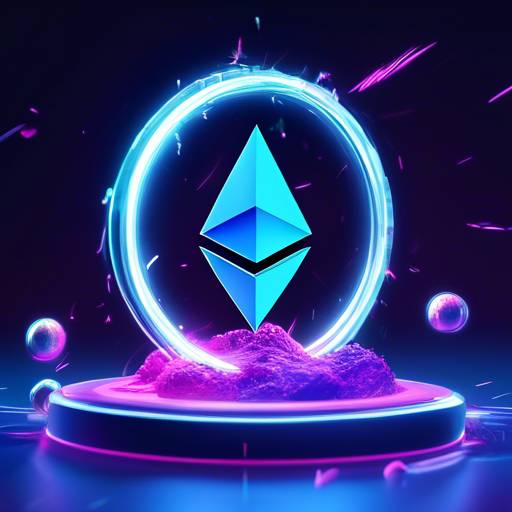The Rise and Fall of Plasma: A Solution for Ethereum Scalability
In the early days of blockchain, Ethereum emerged as a thriving ecosystem, focusing on decentralized applications rather than acting as a store of value like Bitcoin. However, as Ethereum gained popularity, the issue of high gas fees became a major obstacle. To address this problem, co-founder Vitalik Buterin proposed a scalability solution called Plasma. While Plasma was not successful in its original form, recent advancements in technology may hold the key to significant Ethereum scalability. In this article, we will explore what Plasma is, why it fell short initially, and how new developments could make it a viable solution.
Understanding Plasma and Its Limitations
Plasma was designed to tackle the scalability issues caused by Ethereum’s consensus mechanism. Although this mechanism is effective at preventing invalid transactions, it is not scalable for all types of transactions. Plasma aimed to handle transactions off the mainnet, making them cheaper and faster while maintaining Ethereum’s security. However, there were several limitations with the original Plasma model:
- The operator could publish invalid or unavailable blocks, creating errors on the chain.
- Exiting users had to provide proof of ownership during a 7-day challenge period.
- Handling fungible tokens became complicated and fragmented.
Cais Manai, Chief Product Officer at Ten, a Layer 2 rollup that hyper-scales and encrypts Ethereum, explained that while Plasma worked well for simple transactions like payments, it became problematic for more complex applications requiring data interactions and verifications.
The Emergence of Zk-SNARKs
In November 2023, Buterin introduced new thoughts on the Plasma model, incorporating Zk-SNARKs to overcome its shortcomings. Zk-SNARKs offer a way to prove the validity of transactions, eliminating the need for lengthy challenge processes. This enhancement transforms Plasma into an instant-withdrawal system, greatly improving its value.
Dr. Nir Haloani, CTO at Coti, a privacy-centric Ethereum Layer 2 solution, believes that leveraging neo-Plasma with advancements in zero-knowledge proofs (ZK-SNARKs) could address Ethereum’s scalability and privacy issues more effectively.
The Boost Neo-Plasma Brings to Ethereum
While Neo-Plasma may not solve all use cases involving collateralized debt positions (CDPs), it presents significant opportunities for Ethereum. Compared to other models like rollups, Neo-Plasma offers scalability and security enhancements while avoiding the issue of unavailable underlying data.
Leona Hioki, Co-founder of INTMAX, an Ethereum Layer-2 zkRollup solution, agrees that the elimination of the online requirement in Plasma is a major resolution. Plasma Free allows for the complete execution of the Ethereum Virtual Machine (EVM), making it both comprehensible and useful.
The main advantage of the Neo-Plasma model lies in its ability to provide solid security, full scalability, and low transaction fees. Overcoming volatile gas fees is crucial for Ethereum to achieve mass adoption among mainstream users and attract traditional companies looking to add Web3 value. Neo-Plasma may play a significant role in the growth of the Ethereum ecosystem in the coming years.
Hot Take: Neo-Plasma Offers Hope for Ethereum Scalability
After years of upheaval, Neo-Plasma appears to be a promising solution for easing Ethereum transaction fees and improving scalability. With its enhanced use of Zk-SNARKs, Neo-Plasma addresses the limitations of the original Plasma model and provides a more efficient way to handle transactions off the mainnet. This advancement brings a much-needed balance of security, scalability, and low fees to Ethereum, paving the way for wider adoption and growth in the blockchain ecosystem.





 By
By
 By
By
 By
By

 By
By
 By
By